The "best" design depends upon several factors -- and their weights, and those weights are subjective. Again this is more of a general design/engineering question and not a building energy modeling question. But we can answer it in the context of BEM as you've provided a lot of good info here about your process.
Your first step of looking at the annual energy end uses is great, and in this case it shows a negligible difference between the two options. Looking at the actual overhang configurations, the energy use data back up the suspicion that there's little difference between the two designs. You need to explore the ends of the envelope further. Again the resources I listed in my response to your other post will be helpful for this. Start with a base case model, with no overhangs at all, to really see what you're dealing with here.
Now in terms of the glare control question, I would look at the useful daylight illuminance (UDI) rather than the mean illuminance. UDI illustrates the percentage of time a given space receives between 100 and 3,000 lux. I really like this metric, both for quantifying the, well, the utility of the daylight vis a vis energy savings from controls, but also the glare potential (or lack thereof), since the metric penalizes a design for over-illumination (>3,000 lux). This is using task plane horizontal illuminance as a proxy, but it's a reasonably quick way to look at a whole space or a whole building. You could also place glare sensors in your model and get annual vertical eye illuminance and draw your own conclusions that way. Unfortunately we do not have an elegant reporting measure that takes this daylight metric data and presents it to you like the default EnergyPlus output (this is a drag). You need to go into the text file output and parse it and visualize it some way, either with Excel or R or whatever. At any rate, the data can be found in the output directory of your run directory, e.g.:
[your_model]/run/[radiance_measure]-UserScript-0/radiance/output/daylight_metrics.csv
I recommend peeping at this video for some more details as well.
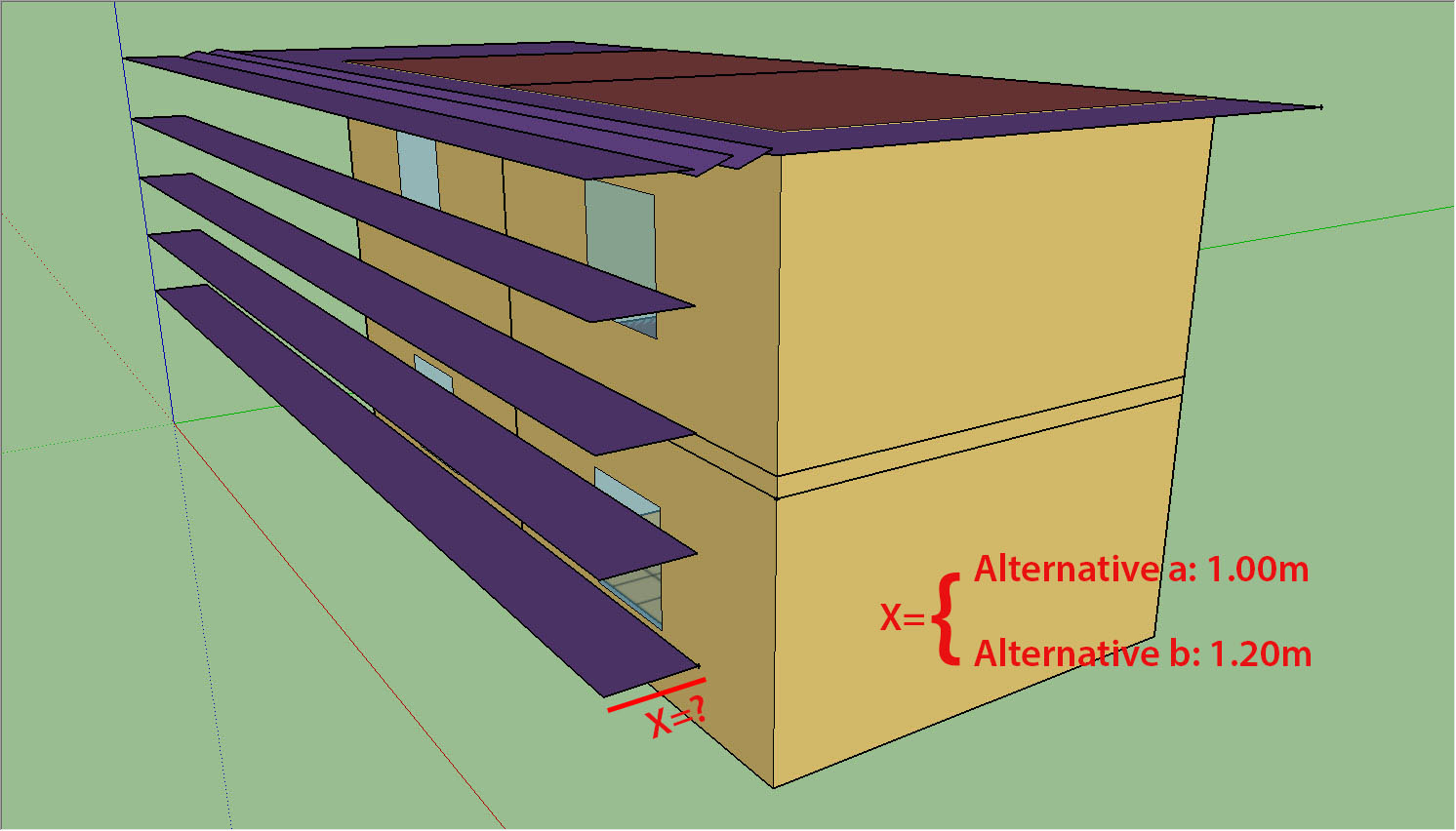
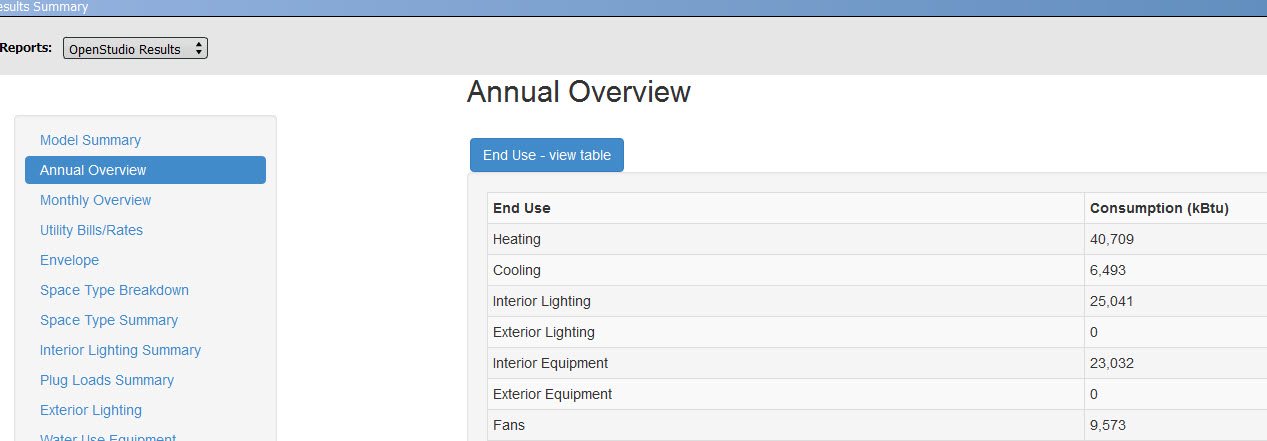


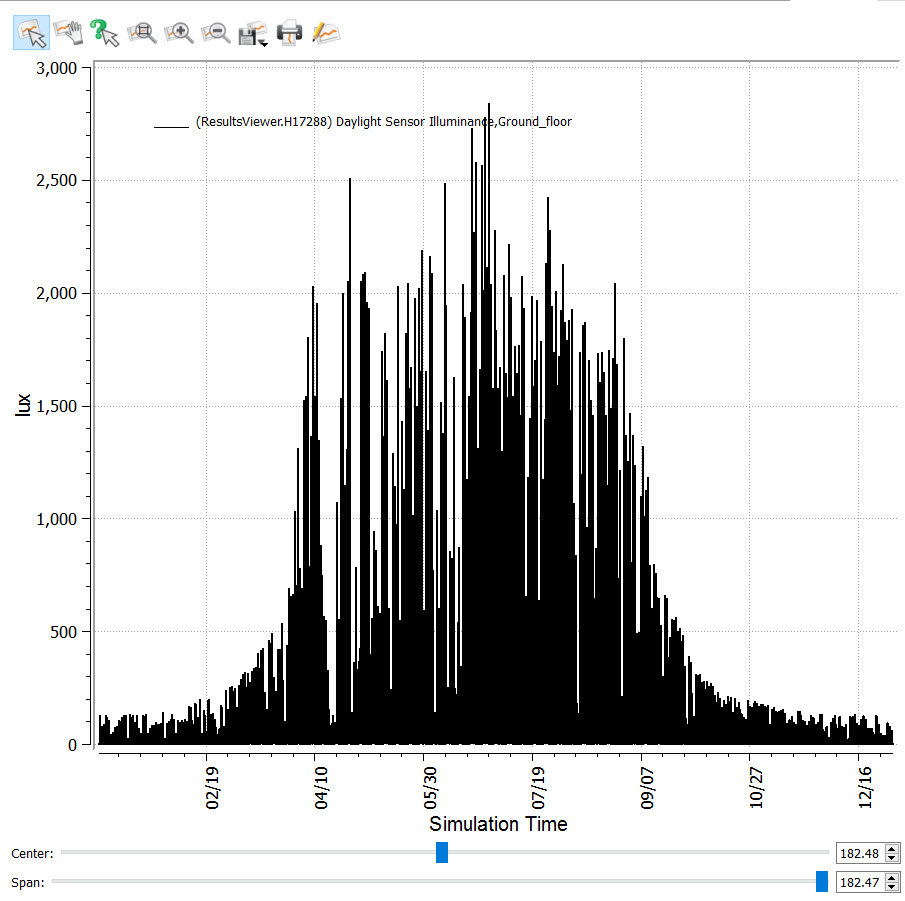
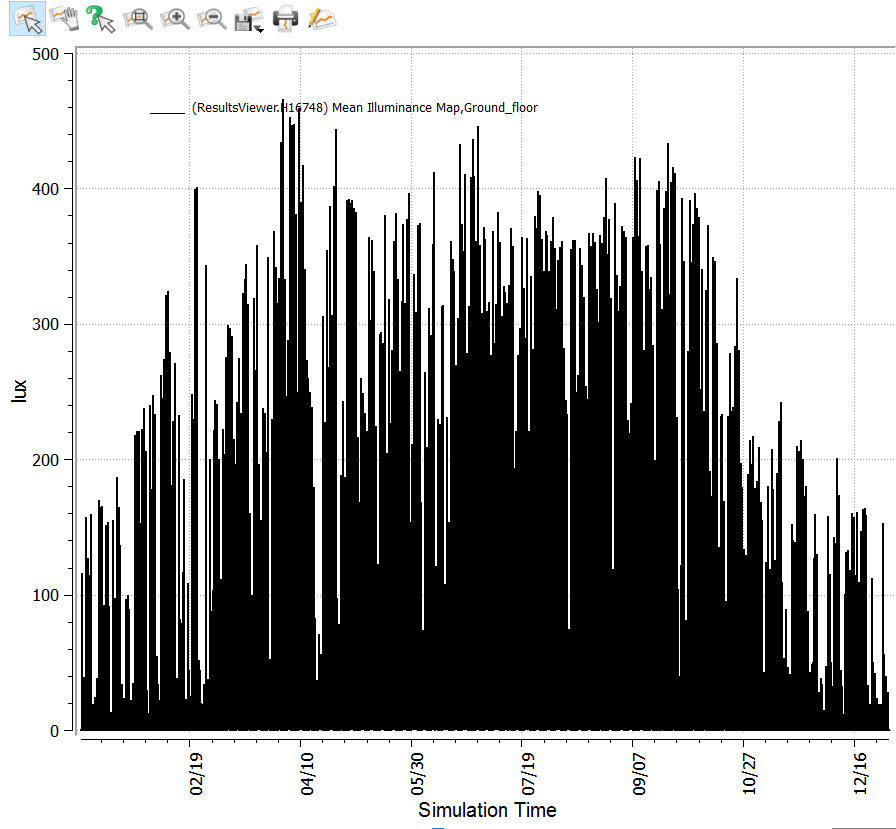
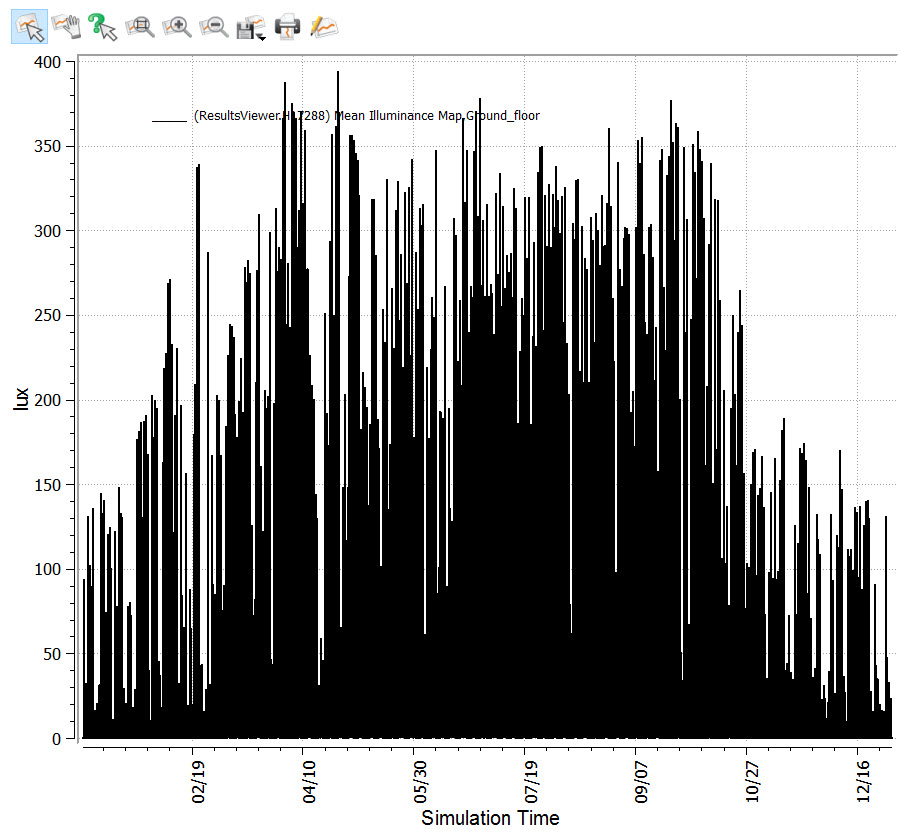


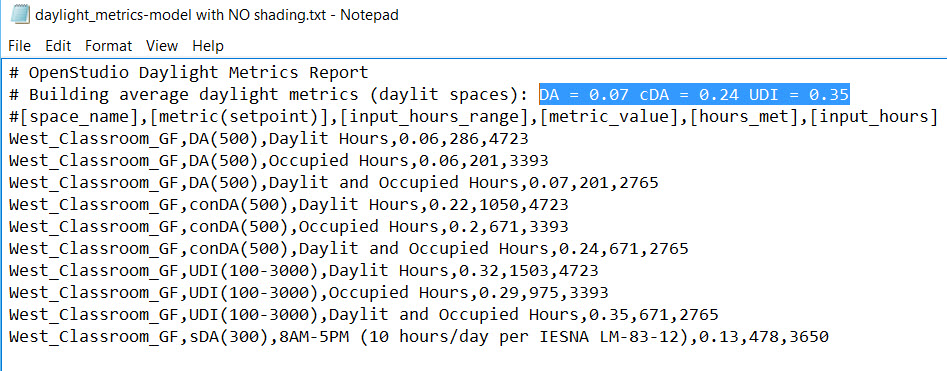
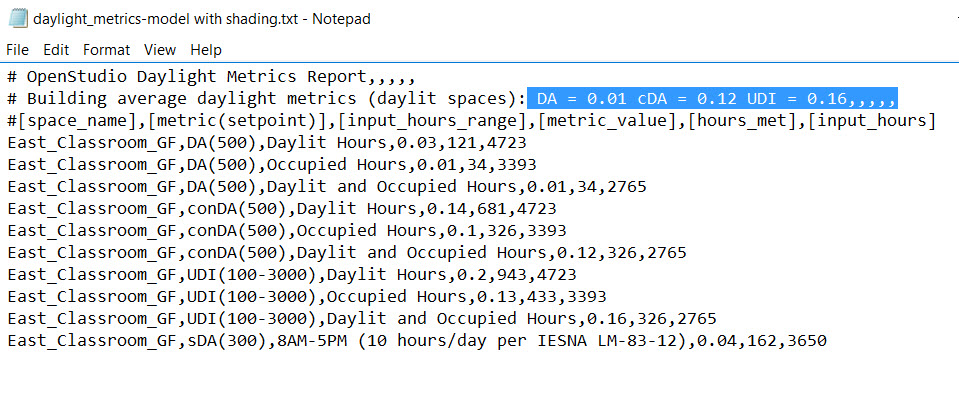 and it would be really appreciated that if I know with these UDIs how can I know using shading for my building is useful? for example may I know what is the difference of UDI= 0.35 and UDI= 0.16 and which one is good?
and it would be really appreciated that if I know with these UDIs how can I know using shading for my building is useful? for example may I know what is the difference of UDI= 0.35 and UDI= 0.16 and which one is good?

